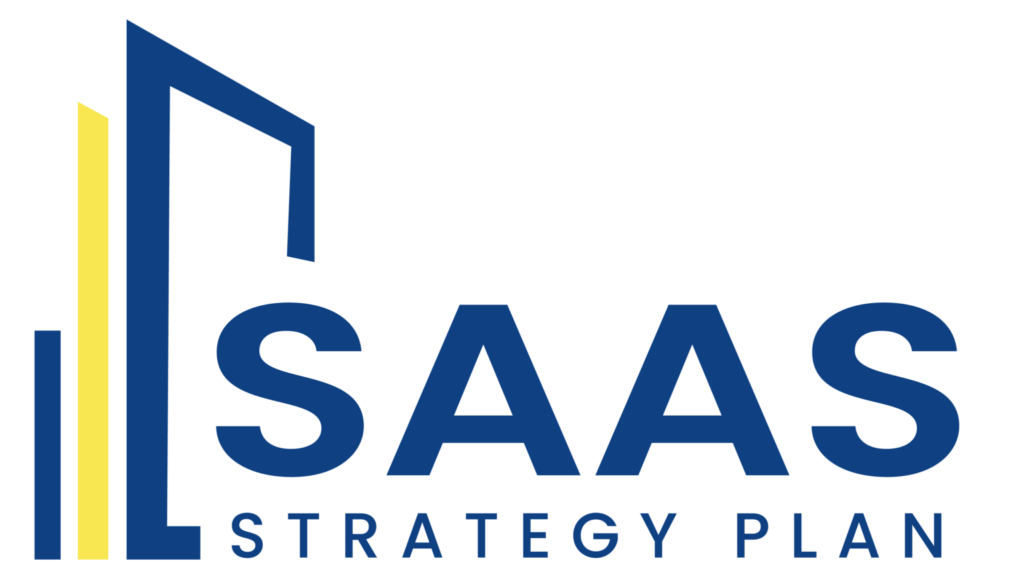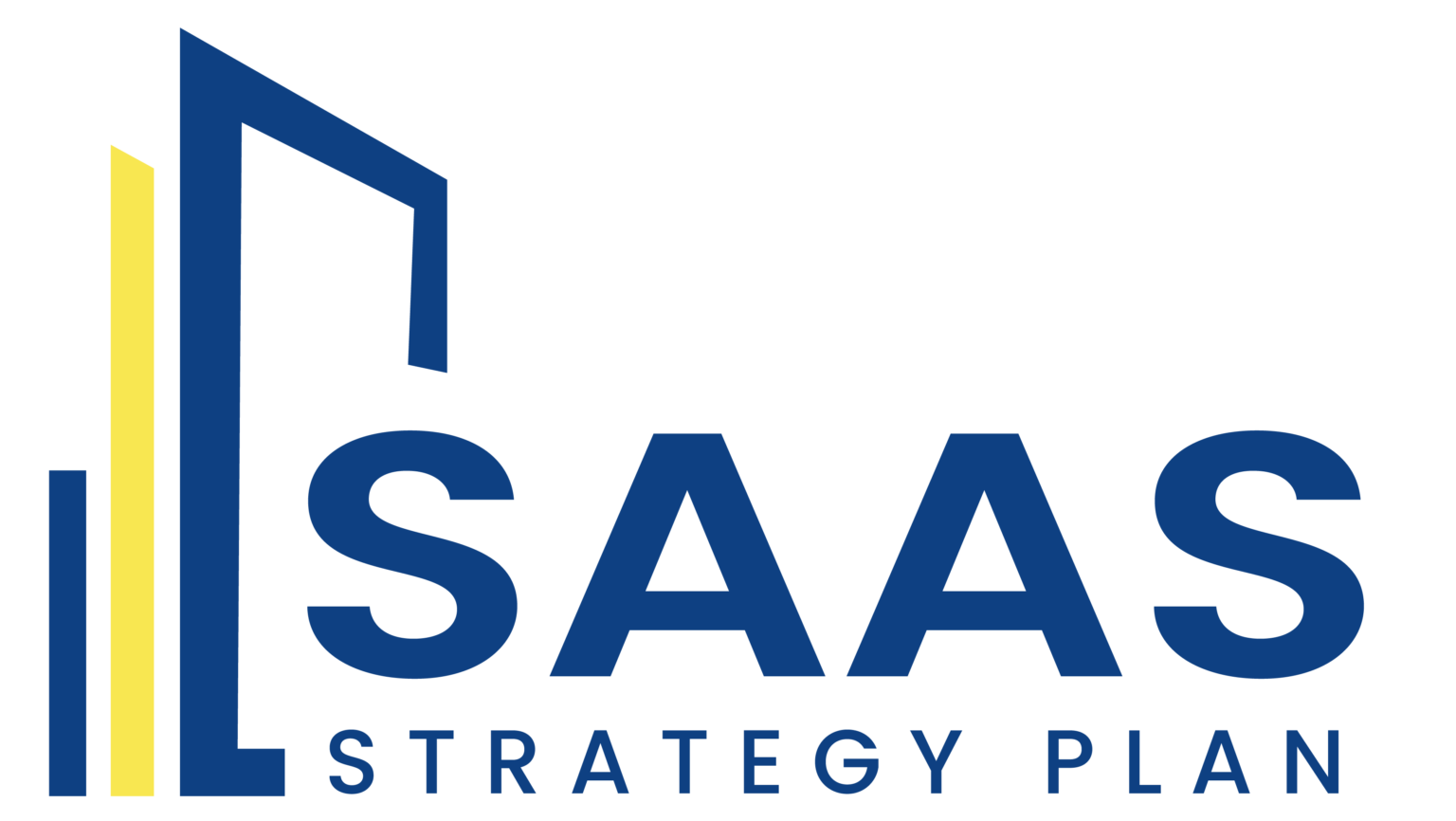In the competitive world of SaaS, where thousands of new firms arise each year, growth hacking remains a primary concern for effective scaling and market attention. Growth hacking emphasizes innovative, creative, and frequently data-driven ways for achieving rapid growth with minimal expenditure. Here are some of the most effective growth hacking strategies that SaaS firms can utilize in 2024 to increase visibility, engage users, and drive quick growth.
Product-led growth (PLG)
In 2024, Product-Led Growth (PLG) remains the most effective growth hacking strategy. PLG uses the product as the major source of customer acquisition and retention. This entails creating features that inherently encourage people to interact with and share the product. Examples include freemium models, free trials, and limited-access products that entice users with their primary value before converting them to paying plans.
Freemium & Free Trials: Provide a freemium model or a free trial to give users a hands-on experience. Optimize the onboarding process to demonstrate value as soon as feasible, hence shortening the time to activation.
Viral Loops: Include shareable elements, such as referral codes or incentives, to encourage users to invite others, resulting in a loop in which new users are continuously recruited.
Hyper-Personalized Marketing
Customers now expect tailored interactions. With AI and machine learning advancing rapidly, personalized marketing is more attainable and powerful than ever.
Segmented Email Campaigns: Use behavioral data to tailor email campaigns based on the customer’s stage in the funnel, ensuring each message feels relevant and timely.
On-Site Personalization: Adapt the website experience based on users’ previous interactions, showing different landing pages, recommendations, or CTAs based on user profiles and needs.
Use Data-Driven A/B Testing.
A/B testing is fundamental to growth hacking, but for the best outcomes, today’s SaaS firms must be data-driven.
Experiment with Key Conversion Points: Try different call-to-actions, price layouts, trial offers, and onboarding experiences. For example, compare “Get Started Free” and “Try Free for 14 Days” as CTAs.
Improve User Experience: Heat maps and click data can help you determine where users engage the most and where they drop off. Make real-time analytics-based tweaks to continuously enhance the user journey.
Community-Driven Growth.
Creating a community around your SaaS product fosters a sense of belonging and allows users to debate new features, provide feedback, and fix issues.
Launch User Communities: Platforms such as Slack, Discord, and LinkedIn are ideal for forming specialized communities around your product. Engage users through regular Q&A sessions, special insights, and early access to new features.
User-Generated Content (UGC): Encourage users to contribute their product experiences and success stories. Share these stories on your blog or social media to increase social proof and demonstrate value.
Influencer Collaborations and Micro-Influencers
Influencer marketing, particularly with micro-influencers, can deliver a significant boost. Micro-influencers have specific audiences that typically engage more honestly than larger influencers.
Collaborate with industry-specific influencers who are relevant to your target audience, such as tech bloggers or productivity coaches for a project management SaaS.
User Advocates: Find and develop devoted customers who are vocal about your product. These advocates can help you reach more people without using official influencer marketing by sharing their genuine, good experiences.
Referral and Affiliate Programs.
Referrals are still one of the most cost-effective and sustainable strategies to gain new consumers. You may motivate your current customers to suggest new customers by establishing a strong referral or affiliate program.
Double-Sided Rewards: Provide advantages to both referrers and referees to encourage more engagement. Dropbox is a well-known example of this, providing free storage to both parties.
Set up an affiliate network that allows industry bloggers, influencers, or complementary product providers to earn a commission for advertising your SaaS.
Optimize for Organic Search with Niche Content Marketing
Content marketing that is geared for search can generate long-term organic traffic. Focus on niche material that is relevant to your target audience rather than broad, competing terms.
Create high-value resources. Create useful material, such as guidelines, templates, and case studies, that address specific pain areas for your target audience.
Focus on SEO for low-competition keywords. Identify keywords with moderate search traffic and low competition that are relevant to your target audience. Over time, these can create a steady stream of organic traffic.
Utilize video and interactive content.
Video remains one of the most engaging content forms, particularly for sophisticated SaaS products. Quizzes, calculators, and demos are all examples of interactive material that can help catch attention and engage users.
Product Demo Videos: Use short, entertaining videos to show potential buyers how the product works. Use YouTube, social media, and your website to broadly share these films.
Interactive Tutorials: Provide interactive product tours that allow potential consumers to test the product before committing entirely.


